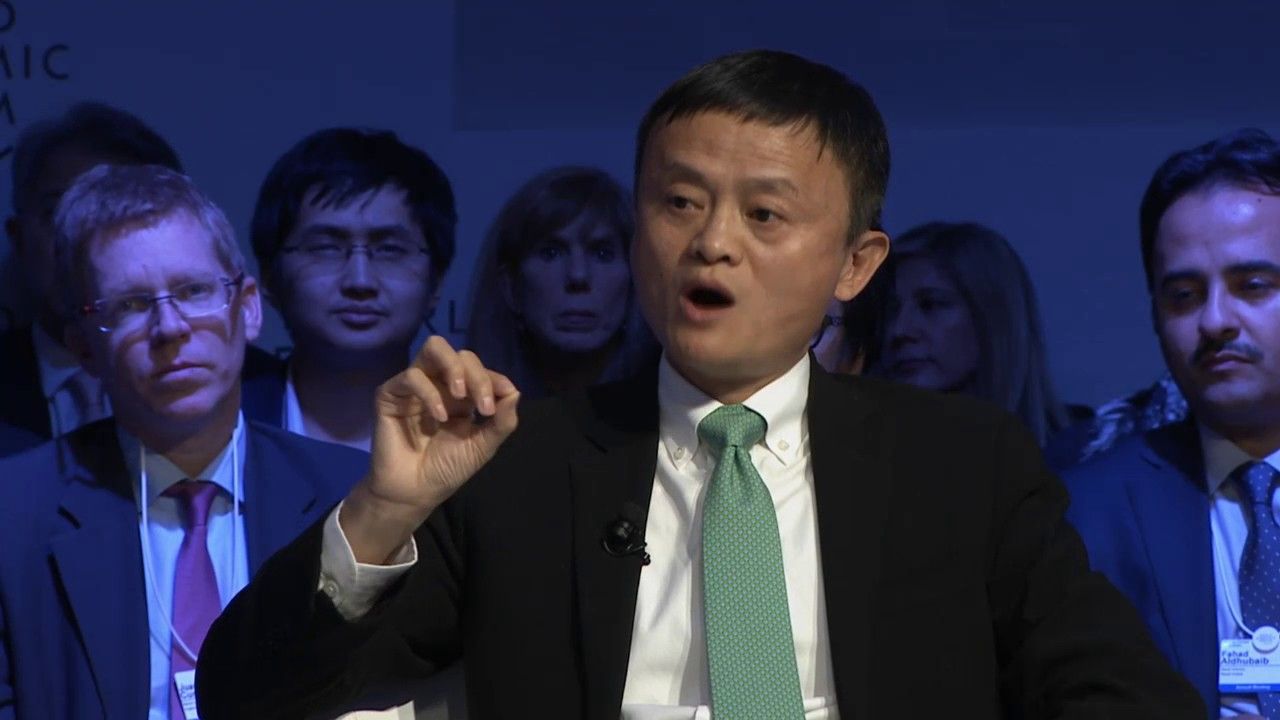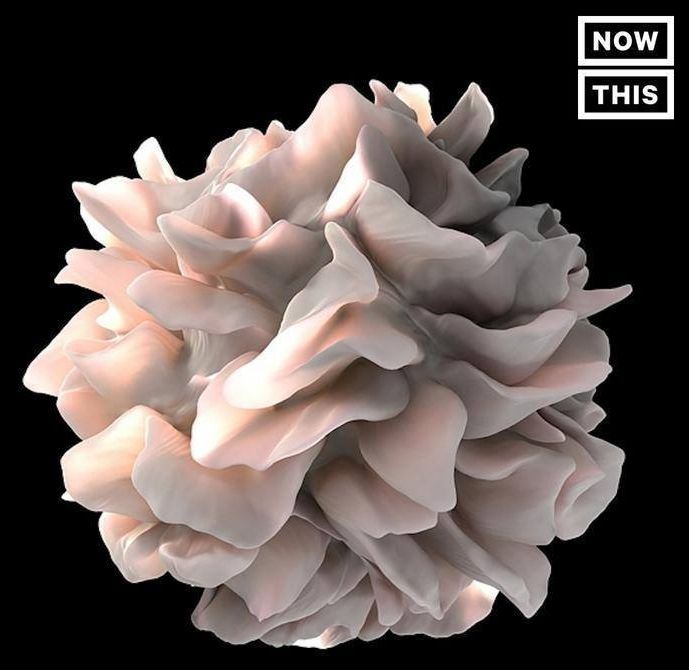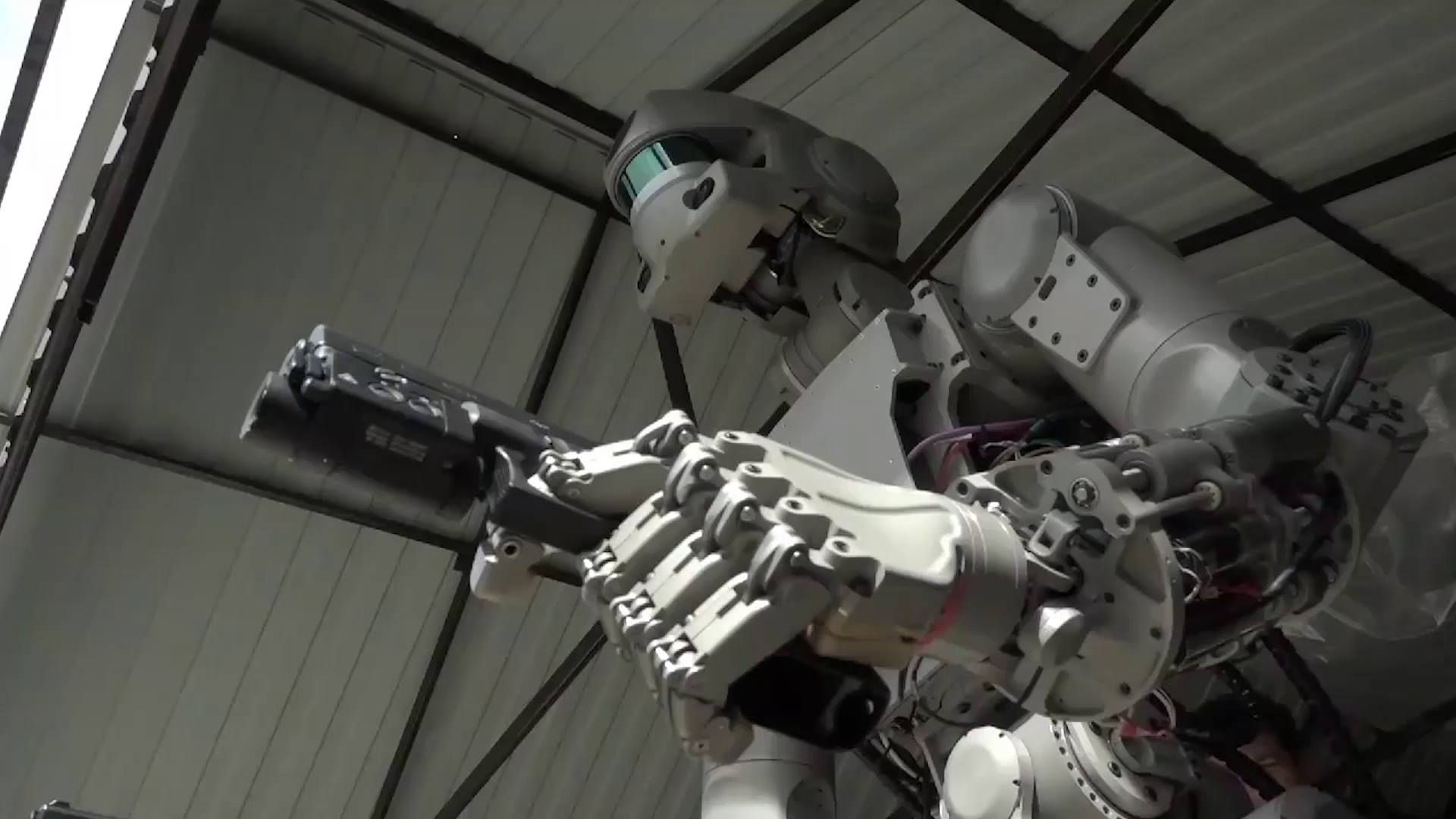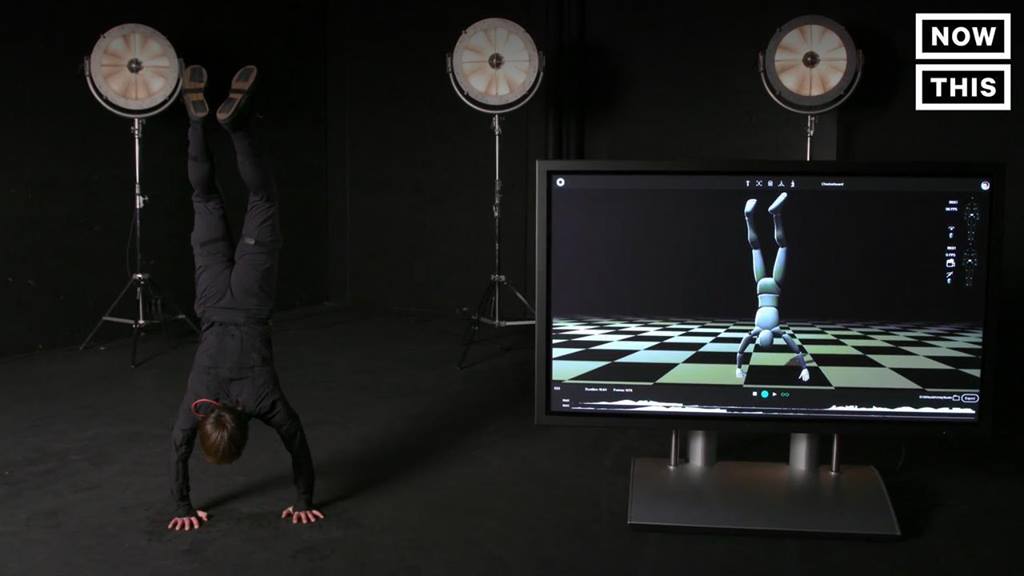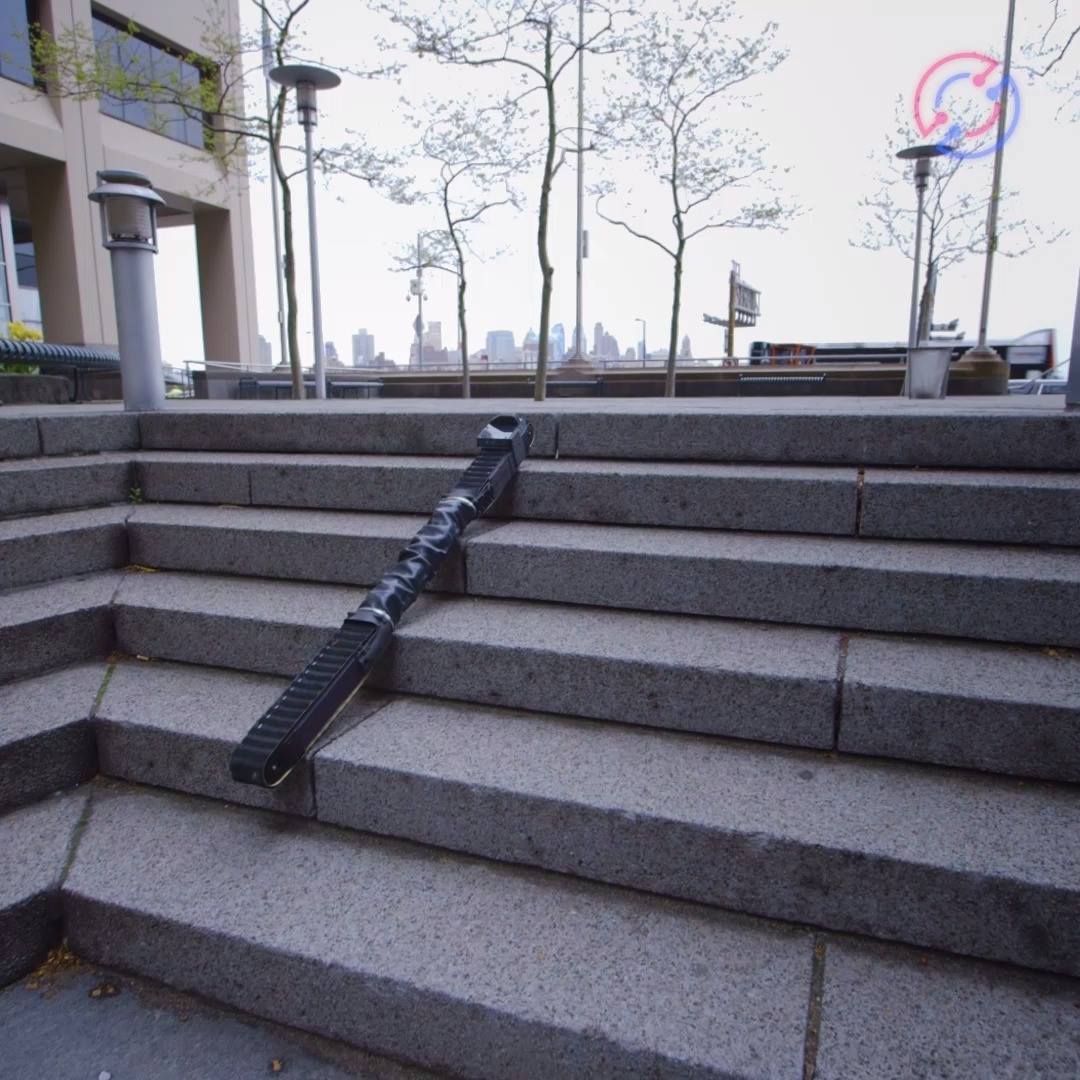Story highlights
- Smoke can hide unconscious victims from firefighters
- Firefighters have used thermal cameras to locate victims
- New device projects thermal image into firefighters’ masks
What’s the most dangerous thing in a fire?
If you think it’s the flames or the heat, that’s understandable: those are dangerous, too. But both from a victim’s and a firefighter’s perspective, the deadliest enemy is smoke.

